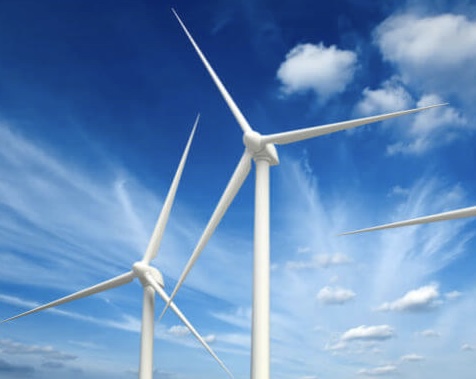KEY POINTS
- Africa’s wind energy potential is significant, but infrastructure and funding gaps hinder progress.
- Projects like Kenya’s Lake Turkana Wind Farm highlight successful initiatives.
- Regional cooperation and clear policies are vital for scaling wind energy projects.
Africa possesses substantial wind energy potential, particularly along its northern and southern coasts, as well as in mountainous regions.
Despite this, the continent has harnessed only a fraction of its wind resources. As of 2023, South Africa and Egypt lead in installed wind power capacity, with Morocco also making significant strides.
Progress in Wind Energy Development
Many African countries have embarked on larger wind projects in order to increase the level of the diverse resource with a view of improving on energy security. Kenya’s Lake Turkana Wind Power Station, for instance, is the largest wind farm on the continent, contributing 310 MW to the national grid.
Zafarana Wind Power Plant is located in Egypt in North Africa, with an installed generation capacity of 550MW and formulated in different stages.
The African Continental Free Trade Area (AfCFTA), established in 2019, aims to eliminate tariffs and harmonize trade laws among member countries, promoting infrastructural development in power, transportation, and telecommunications.
This agreement is expected to increase the utilization of energy in Africa by offering improved and efficient access to investors, thus enhancing large-scale functional renewable power, including wind energy.
Challenges Facing Wind Energy Expansion
Although the potential for wind energy is promising, there are main obstacles that hinder its growth in Africa.
Infrastructure deficits pose a major obstacle, as many countries lack the necessary transmission systems to integrate wind power into their national grids effectively.
For instance, while Egypt has set lofty targets for renewable power generation, the lack of adequate transmission and distribution infrastructure is limiting the unfolding of new wind and solar power projects.
Financial constraints also remain a critical issue, with Africa receiving less than 2 percent of global clean energy investments. Such stark disparities may explain why more funding is required in order to realise the renewable energy wealth of the continent.
Also, competing and conflicting policies and regulations act as an obstruction to the country’s growth. Inconsistent policies and fragmented regulatory frameworks deter investors and complicate project implementation.
Opportunities and the Path Forward
To overcome these challenges, African nations can take several strategic steps.
Strengthening regional cooperation is key, with initiatives like the African Continental Free Trade Area (AfCFTA) fostering cross-border energy trade and attracting investment in transnational wind projects.
Policy formulation is equally instructive because consistent policies are required to support long-term wind energy project investment.
Furthermore, investment in infrastructures is key in hosting new discrete wind plant installations and facilitating optimal power transmission.
The enhancements and extension of existing grids and removal of existing barriers will allow for the infusion of renewable energy production into national and regional grids.



